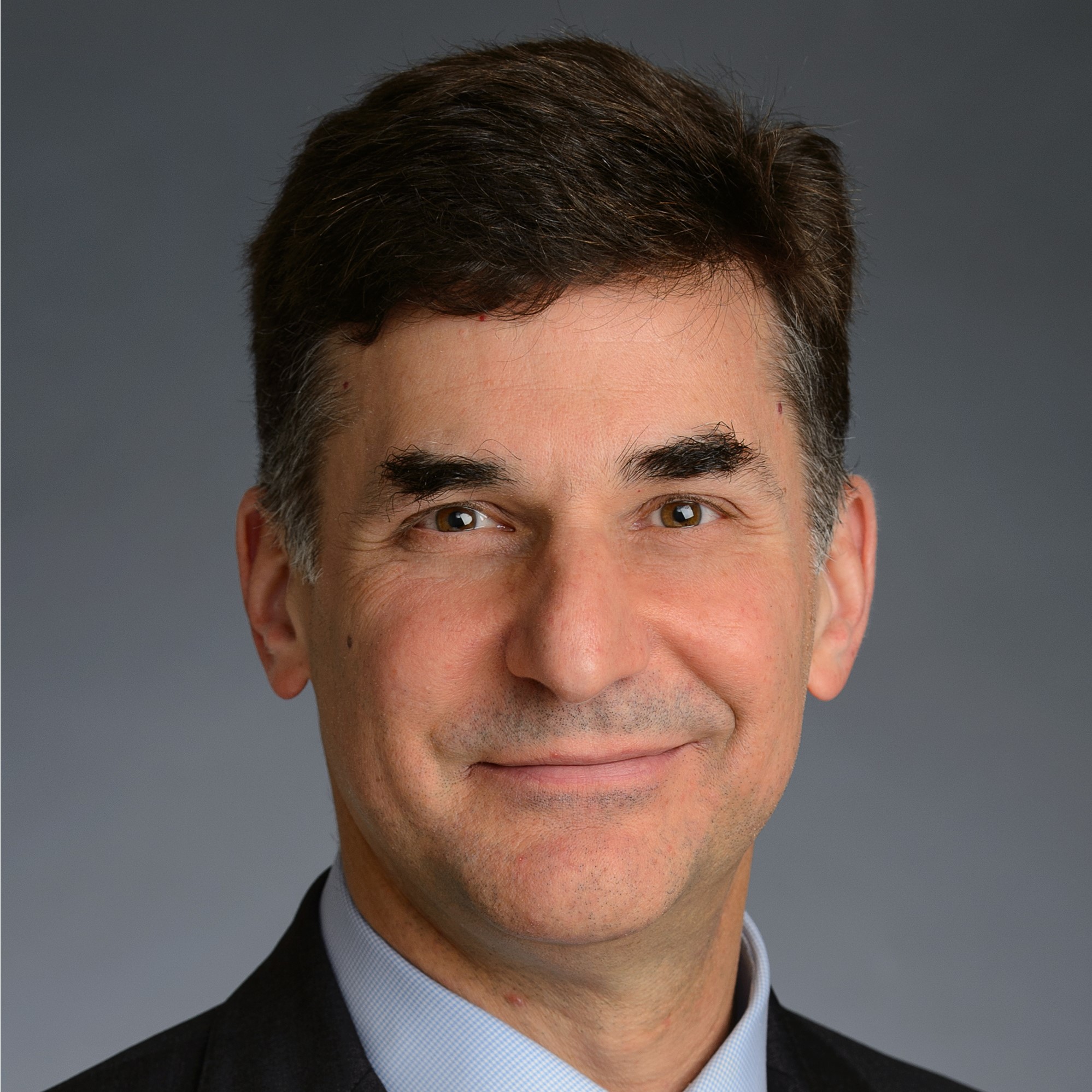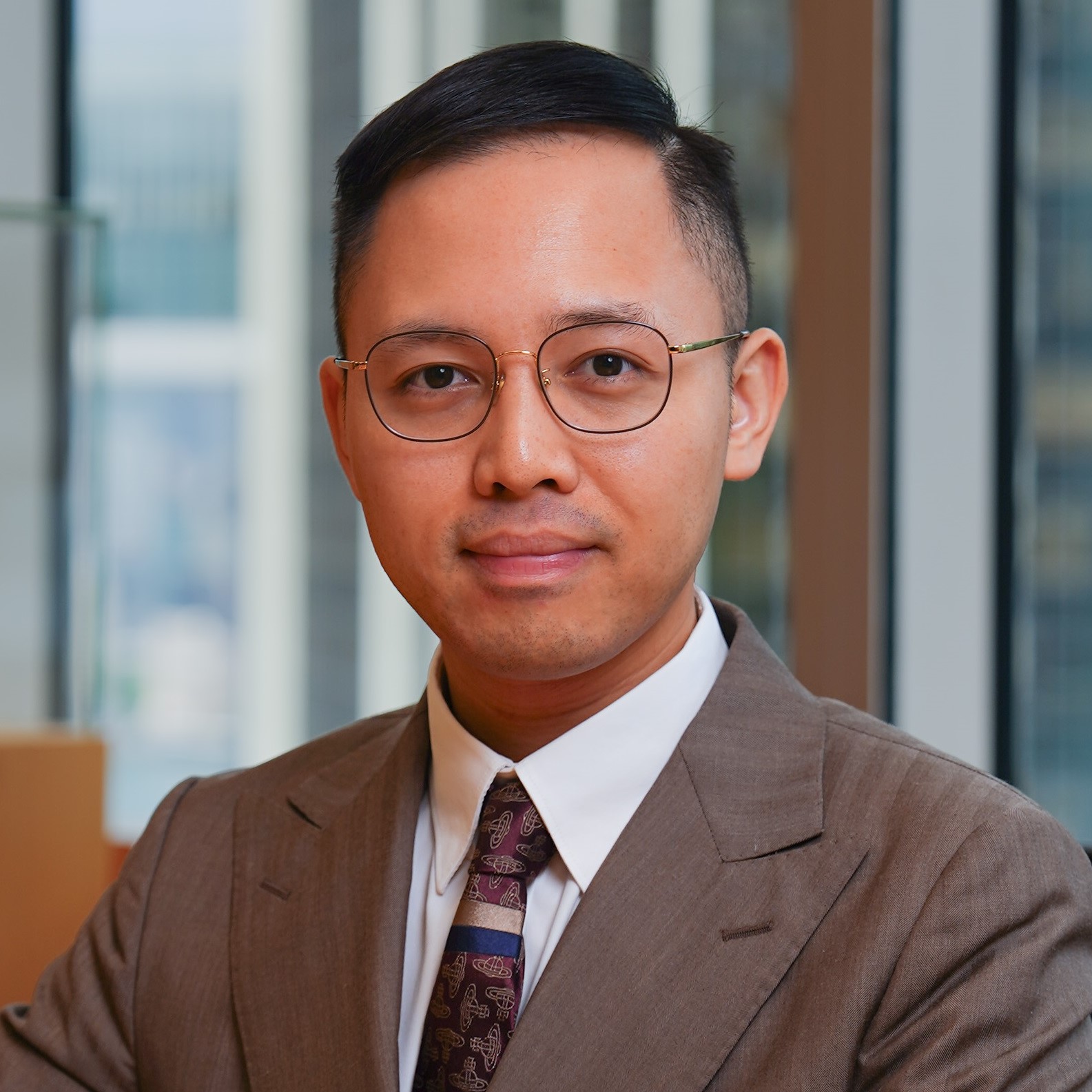- China’s aging population could send annual healthcare spending soaring to US$2 trillion by 2035.
- Structural demand and policy incentives are driving homegrown pharmaceutical companies to develop more innovative drugs, while building out unique segments such as traditional Chinese medicine (TCM).
- While near-term policy risks remain, the success of medical equipment makers and biotech companies make a strong case for long-term allocation in Chinese healthcare.
Chinese healthcare is a vast universe spanning everything from biotech to traditional medicine. It’s also increasingly important as a growth driver for the economy as China's population ages. A study commissioned by the World Bank reports China could spend over USD $2 trillion annually on healthcare by 2035, up from just $500bn or so in 2014.[1] That could benefit an array of homegrown businesses.
“[Even though] healthcare is only about 4 per cent of MSCI China index, I’ve remained overweight on this sector throughout the cycle,” says Hyomi Jie, a Fidelity International portfolio manager based in Singapore. “There is visibility on the demand growth.”
Projecting supply is trickier. Domestic regulations and trade barriers abroad have clouded investors’ visibility of future revenue streams. For example, the Chinese government, which is the single biggest buyer of medicine, has been compressing drug prices to keep them affordable for all citizens. The anti-corruption campaign in hospitals has also dampened sentiment.
But there are silver linings. Hospital operators occupying crucial segments have proved to be resilient throughout the policy cycle. “There is huge unmet demand in whether it's lower tier cities or consumer-related services, or even critical illness such as oncology,” says Hyomi. “In areas [that are] a bit niche… private hospitals can really expand their business.”
Policy changes have also encouraged Chinese drugmakers to shift their focus from generic to innovative drugs and ramp up research and development, says Shanghai-based analyst Duanting Zhai. “We see an increasing number of best-in-class and first-in-class potential assets in their R&D pipelines,” Duanting explains after a whirlwind tour of company visits in Hangzhou and Shanghai.
Fast-follow innovation
So, just how innovative is Chinese healthcare compared to leading healthcare powerhouses, such as the US? “I'd give them a score of seven [out of 10],” says Tina Tian, Hong Kong-based portfolio manager with a focus on innovation in China. She distinguishes between “revolutionary” innovation, which China is still grappling with, and “evolutionary” innovation, which China excels at. Based on existing drug structures, Chinese companies have been able to produce “better efficacy, safety or convenience outcome at lower cost,” Tina adds.
Lizheng Zhu, a Fidelity analyst in Hong Kong, has been tracking innovation in Chinese biotech and drug discovery. Two drugs caught his eye in recent years, both of which are considered best-in-class blood cancer treatments and are expected to reach peak sales of $4bn annually. Another cancer therapy is in the pipeline. China is also involved in the sought-after GLP-1 weight loss drug, out-licensing to global pharmaceutical companies. Such deals could help China emulate the success of Japanese drugmakers, which thrived on this model in past decades.
Finding alpha in Chinese healthcare requires more than spotting the fanciest tech. Chinese medical device makers will be supported by the government’s RMB 100bn plan to increase intensive care capacity before 2027, as well as industry consolidation. Both will give them better pricing power when competing against US and European peers. Likewise, while traditional medicine may have little to do with innovation, it represents around 15 per cent of China’s healthcare market and enjoys longstanding support from consumers and policymakers.
What’s clear from our analysts’ observations is that there’ll be no shortage of investment ideas in Chinese healthcare in the next few years. It’s a structural demand story that’s playing out despite the near-term challenges in China and around the world.
[1] Bayer
Ways to listen:
- Search 'The Investor's Guide to China' on your favourite podcast app
- Click here to listen in iTunes
- Click here to listen to the podcast via the web
- Click here for this and all past episodes of The Investor's Guide to China
To read more:













































